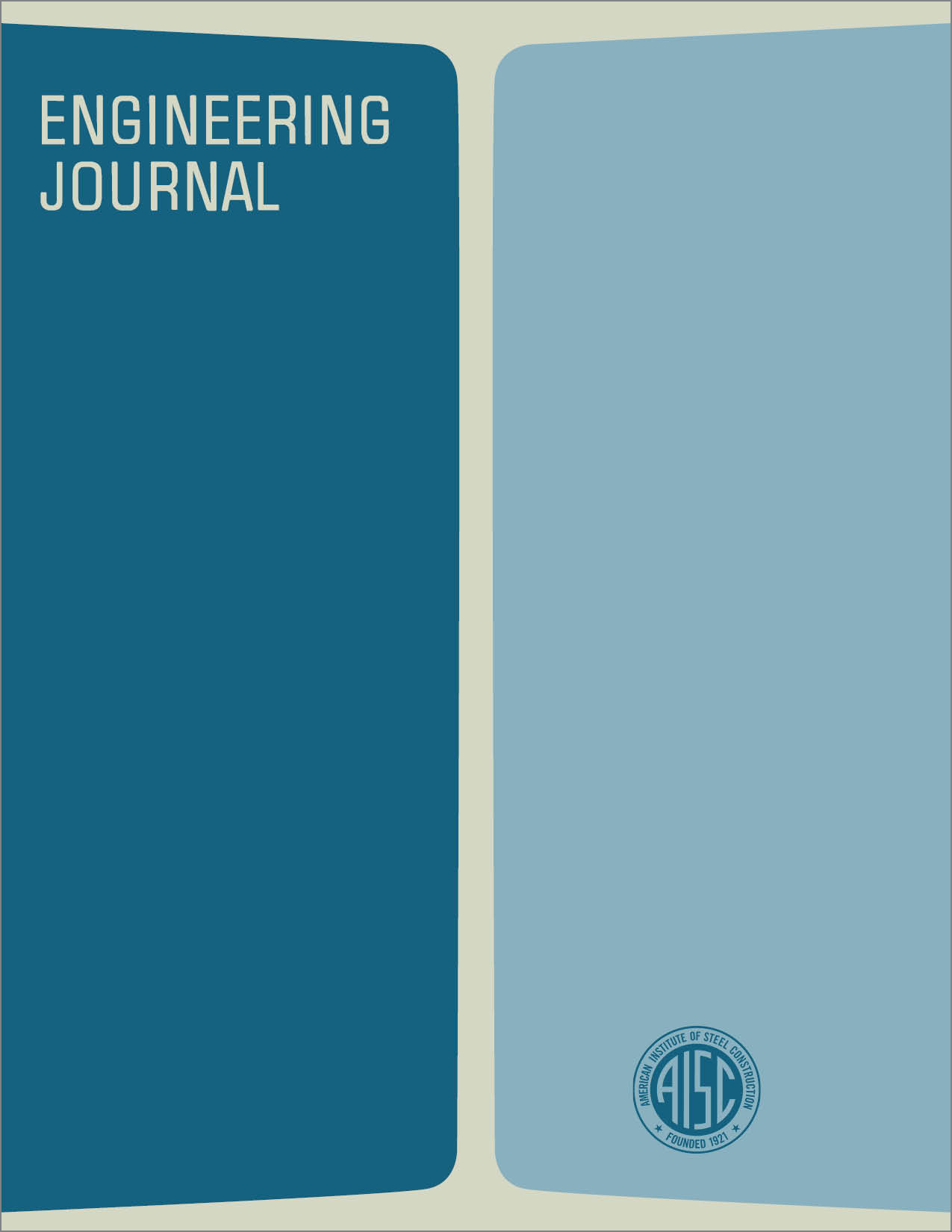Direct Design of Columns Subjected to Combined Loading
DOI:
https://doi.org/10.62913/engj.v9i4.195Abstract
The design of wide-flange columns with combined loading according to the procedures presented in the AISC Manual is very time consuming. Methods have been presented which tend to simplify this design procedure. All of these methods convert the applied bending moments to equivalent axial loads, through the use of bending factors. Once the equivalent axial loads are calculated, a trial section is chosen from the AISC Column Tables. Three modified AISC interaction formulas are then used to determine the required axial tabular load. From this load, another trial section is chosen. This procedure is repeated until a satisfactory section is obtained. Because fewer calculations are required, these methods are somewhat less time consuming than the method presented in the AISC Manual. Due to the number of variables involved in designing a wide-flange steel column subjected to combined loading, a trial and error procedure or the common "guess" procedure is usually unavoidable. Once a trial section is chosen, the time is spent in determining the section properties and deciphering the relevant provisions of the AISC Specification for that section. This process must then be repeated for each trial section. Much time is also spent in calculating the factors required for AISC Formulas (1.6-1a), (1.6-1b), and (1.6-2) and finally solving the formulas themselves. Although the trial and error procedure is unavoidable, the excessive time spent can be shortened by the use of a graphical solution.

